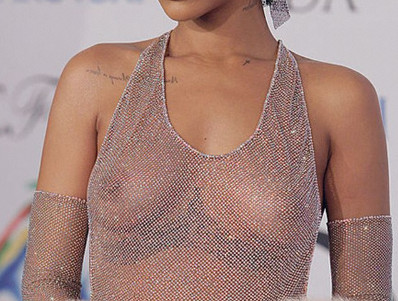Fascinator styles throughout the years
Fascinators have been a popular fashion accessory for many years, and their styles have evolved and changed with the trends of the time. From the simple headpieces of the 1930s to the more elaborate designs of today, fascinators have always been a staple of fashionable women's wardrobes.
In the 1930s, fascinators were typically simple headpieces made from a single piece of fabric, often in a turban style. They were worn by women as a way to add a touch of elegance to their outfits, and were often made from silk or velvet. These simple fascinators were often adorned with small details, such as a small flower or bow, and were typically worn towards the back of the head.
In the 1940s, fascinators became more elaborate, featuring a variety of materials, including feathers, netting, and beading. They were often worn to special occasions, such as weddings and parties, and were designed to complement the outfit of the wearer. These fascinators were typically larger than their 1930s counterparts and were often worn towards the front of the head.
In the 1950s, fascinators continued to be a popular accessory, with many women wearing them to formal events, such as the races or weddings. They were typically made from a combination of materials, including feathers, flowers, and netting, and were often adorned with jewels and beads. These fascinators were often worn towards the side of the head, and were designed to add a touch of glamour to the wearer's outfit.
In the 1960s, fascinators became more minimalistic, with many women opting for smaller, more understated designs. These fascinators were often made from a single piece of netting, and were worn towards the back of the head. They were typically adorned with a small flower or bow, and were designed to add a touch of elegance to the wearer's outfit.
In the 1970s, fascinators fell out of fashion, as women began to wear larger hats and more elaborate headpieces. However, they remained a popular accessory for weddings and other formal occasions, and many women continued to wear them throughout the decade.
In the 1980s, fascinators made a comeback, with many women opting for more elaborate designs. These fascinators often featured a variety of materials, including feathers, netting, and beading, and were typically worn towards the front of the head. They were often paired with bold, colorful outfits, and were designed to make a statement.
In the 1990s, fascinators became more
minimalist once again, with many women opting for smaller, more understated
designs. These fascinators were often made from a single piece of netting or
fabric, and were worn towards the back of the head. They were typically adorned
with a small flower or bow, and were designed to add a touch of elegance to the
wearer's outfit.
In recent years, fascinators have become more elaborate once again, with many women opting for larger, more statement-making designs. These fascinators often feature a variety of materials, including feathers, flowers, and beading, and are typically worn towards the front or side of the head. They are often paired with bold, colorful outfits, and are designed to add a touch of glamour and whimsy to the wearer's look.
Overall, the style of fascinators has evolved and changed over the years, but they remain a popular and fashionable accessory for women of all ages. They offer a way to add a touch of elegance and whimsy to any outfit, and are a timeless accessory that will no doubt continue to be worn for many years to come.
Fascinators and the royal family
Fascinators have a long history in the royal family and are a popular accessory among the women of the family. The Queen, the Duchess of Cambridge, and the Duchess of Cornwall are all known for their love of fascinators, which they wear to a variety of events, from royal weddings to horse races.
The Queen has been wearing fascinators for many years and has a collection of them in a variety of styles and colors. Her fascinators are often simple and understated, designed to complement her outfits without drawing too much attention to themselves. The Queen's fascinators are typically made from a combination of feathers, netting, and fabric, and are often embellished with jewels or other decorative elements.
The Duchess of Cambridge, also known as
Kate Middleton, is also a fan of fascinators and has been seen wearing them to
a variety of events, including weddings and horse races. Her fascinators are
typically more elaborate than the Queen's, featuring intricate designs and a
variety of materials, including lace, feathers, and flowers.





评论
发表评论